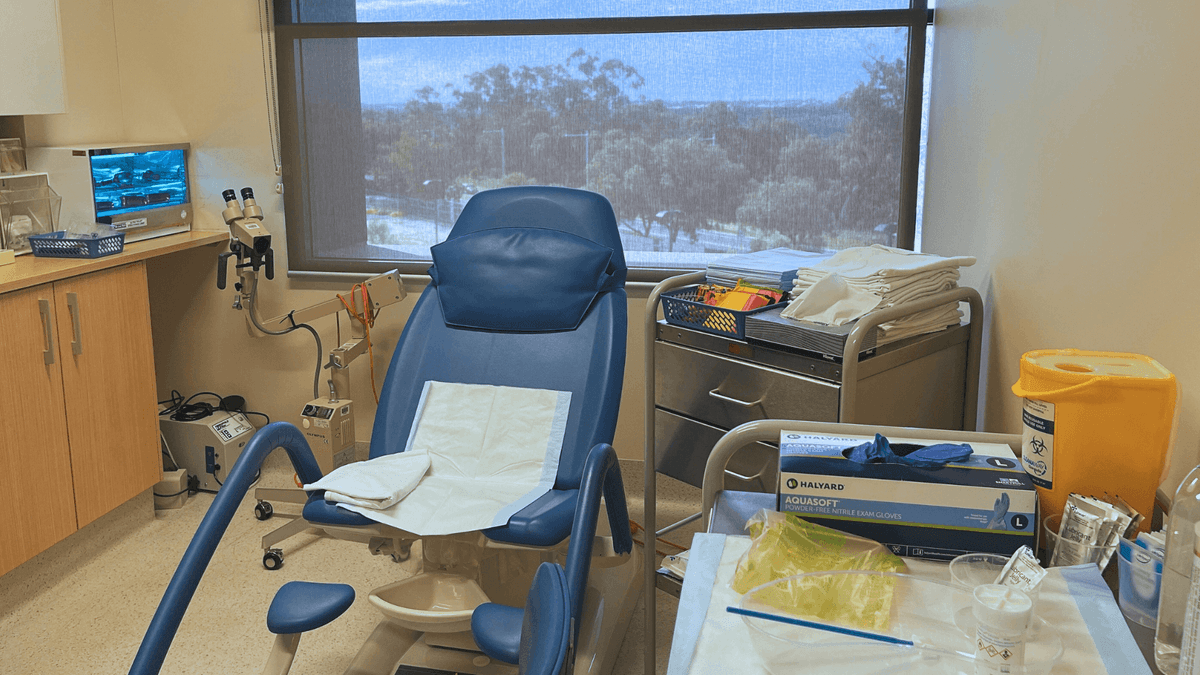Gynaecology
Cervical Screening & Management
Cervical Screening Tests replaced traditional Pap Smears in 2017 and are an invaluable tool in the prevention and detection of cervical cancer.

What is a Cervical Screening?
A Cervical Screening Test (CST) aims to prevent cervical cancer. The CST replaced what was commonly known as a “Pap smear” in 2017.
Pap smears looked for abnormal cells, and the CST looks for the virus that is the cause of the abnormal cells.
A CST involves analysing cells from the cervix (at the top of the vagina) for the presence of Human Papilloma Virus (HPV), which is responsible for the vast majority of cervical cancers.
Who is eligible for a Cervical Screening?
A CST should be done on anyone who has a cervix who is:
- Between the ages 25-74 years.
- Has ever had heterosexual intercourse.
How often should a Cervical Screening be done?
A CST should be repeated every 5 years, unless an abnormal result is reported where further testing will likely be necessary.
How often should cervical screening be done?
A CST should be repeated every 5 years, unless an abnormal result is reported where further testing will likely be necessary.
Why should I have a cervical screening test?
Because it is more accurate than the old style Pap smear and is the best way to prevent most cases of cervical cancer.
What does it mean if I get an “unsatisfactory” result?
This simply means that there were not enough cells in the sample to perform the test accurately. It is not a cause for concern.
What does a positive test result mean?
HPV is present in nearly all (99.7%) cases of cervical cancer, but, not all HPV infections lead to cervical cancer. It’s important to remember that HPV infections usually clear on their own. Also keep in mind that most abnormal cells are not cervical cancer, and can usually be treated quickly and painlessly.
The Australian Cancer Council have some great information explaining your test results.

